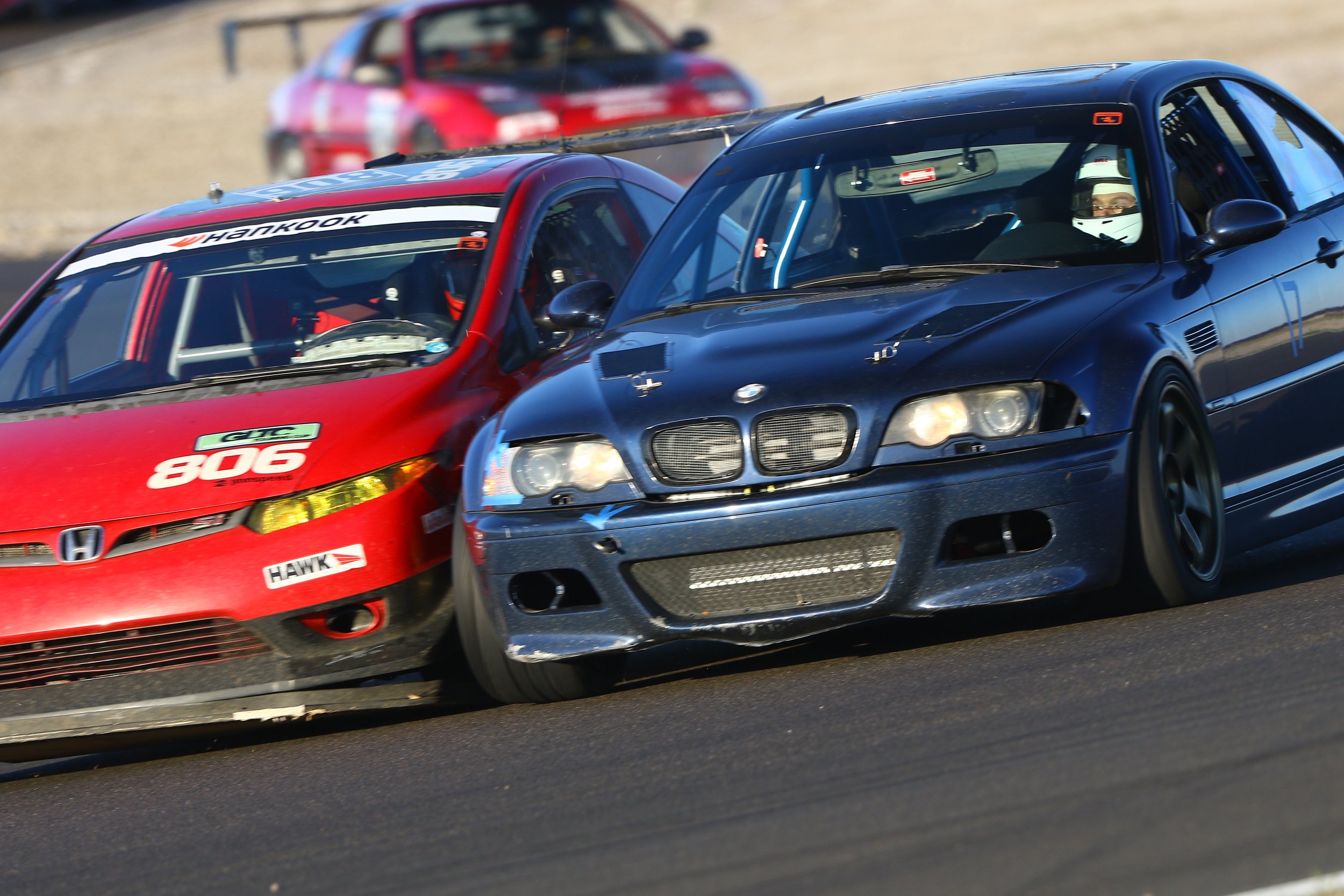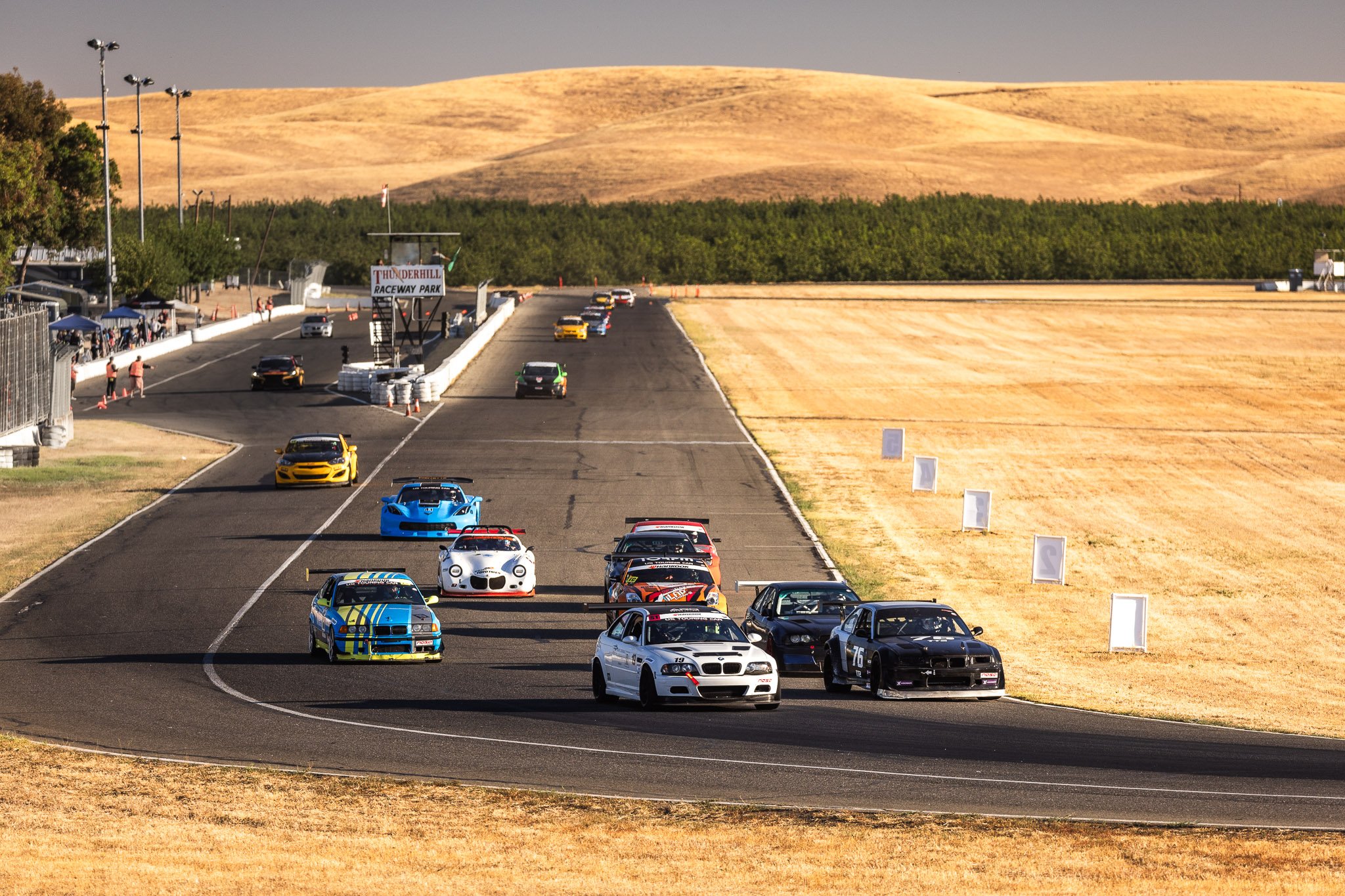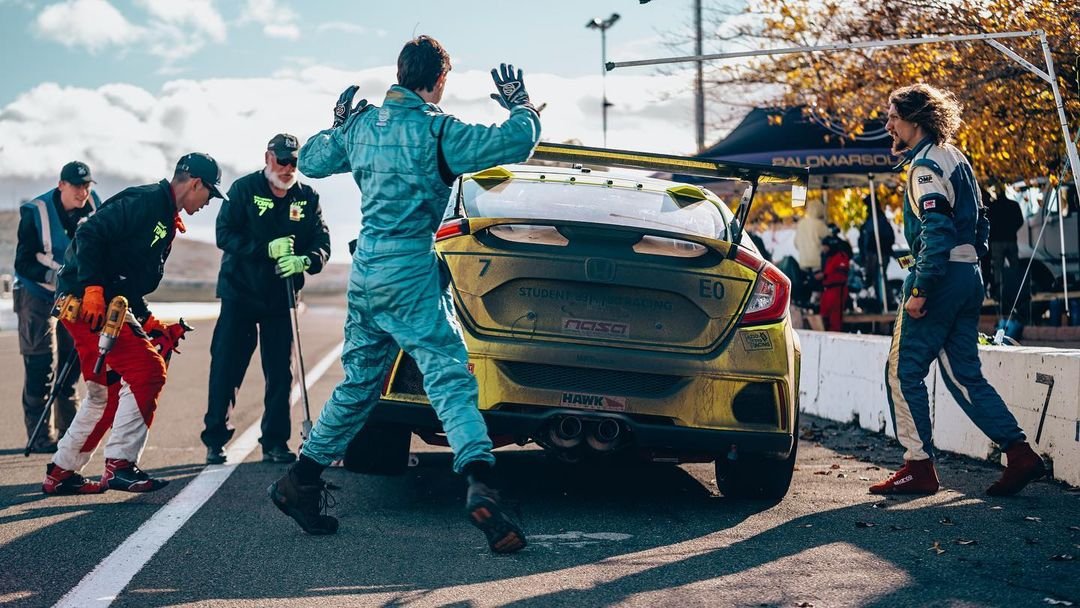
SpeedSF Blog
Every Build Has a Story – Meet the Cars of SpeedSF


Speed SF’s First Enduro Goes Off Without a Hitch
We've had our own enduro in the works for a while now, and it turns out our planning paid off. This month, we successfully completed our first 2.5-hour race and established a new race format for those looking to make the leap into wheel-to-wheel.

Near-Win at the 25 Hours of Thunderhill: Team Tazio Ottis Racing's Day-Long Battle
Mechanical troubles, great pace, a tough competitor, and changing conditions made this year’s 25 Hours of Thunderhill a nail-biter for Team Tazio Ottis Racing. Even enduros can provide close finishes like this team had.
